like no other
Speaking to reporters, Prof. Dr. Le Ngoc Thanh, Principal of the University of Medicine and Pharmacy (Hanoi National University) exclaimed that medical training in Vietnam is "like no other". Before coming to education , Prof. Ngoc Thanh worked as a hospital manager. Over the past seven years, given almost full authority to develop the University of Medicine and Pharmacy, he realized that medical training in Vietnam is not on the same playing field as the world.
Professor Ngoc Thanh said that currently in the world there are some famous "schools" of medical training. For example, training according to the French model, the training time for general practitioners is 9 years, followed by 2-3 years of study to become specialists, a total time of about 11-12 years. In the American model, students need to complete 4 years of university with a pre-med program. After that, students must pass the entrance exam to be admitted to medical schools, continue to study 4 years of MD (Medical Doctor) program, with 2 years of theory and 2 years of clinical practice. In the next stage, students continue to practice residency, lasting from 3-7 years depending on the specialty. In Japan, specialized medical training usually lasts from 11-13 years.
Currently, Vietnam's medical industry recruits students directly from high school. Students undergo 6 years of general medicine training, including basic science training, pre-clinical training, and clinical training. After graduation, students can follow two directions: 18 months of practice in hospitals to obtain a certificate to practice general medicine (initial examination); continue to study for 3 years as an intern to become a specialist or choose to continue to study for a specialist I or specialist II. However, not only general practitioners, but also medical practitioners in Vietnam must have 3-12 months of practice to be granted a license to practice.
Thus, the training time for medical specialists in Vietnam is shorter than other countries and there is a significant "difference" in the training roadmap. Therefore, to integrate internationally, Professor Le Ngoc Thanh proposed importing training programs from advanced countries. According to him, Singapore, Thailand, and Taiwan (China) also import medical training programs.
“I support importing the French model, but the input needs to be flexible (like the American model). We have proposed to the Ministry of Health and there has been consensus on “importing” medical training programs and curricula from France. In France, there are medical schools that are ready to transfer their programs and curricula to us,” said Professor Le Ngoc Thanh. Because Vietnam’s training model is not like any other country, schools around the world do not recognize Vietnamese degrees.
Another important issue for doctors to integrate with the international community besides expertise is foreign languages. This also creates an advantage for medical universities in Vietnam to be able to train according to foreign orders. For example, the University of Medicine and Pharmacy (Hanoi National University) this year opened 4 master training classes for Indian students and taught in English.
Start importing

At Hanoi Medical University, Professor Nguyen Huu Tu, Principal of the School, said that it took 10 years to innovate the medical doctor training program. Of which, 4 years are preparation, 6 years are training while working and gaining experience (just enough time to train a medical doctor course). According to Professor Tu, the innovative medical doctor training program is not simply a change in curriculum content, but a comprehensive reform of thinking, teaching methods, assessment and training organization.
Hanoi Medical University has boldly chosen the advanced Australian training model as the foundation, and at the same time built a program with its own identity, suitable for the Vietnamese medical context. To realize that, the staff and lecturers have "started from scratch", such as studying the principles of modern medical education, designing the program framework, testing and continuously adjusting during the implementation process.
The project to innovate medical education of the University of Medicine and Pharmacy in Ho Chi Minh City following the trend of modern medical education in the world was launched in 2010. The long-term project aims to innovate the 6-year medical training program based on competency standards and integration. The program was prepared and built with the support of the Ministry of Health and the World Bank, technical advice from experts from Harvard University (USA), Geneva University (Switzerland) and Texas Tech University Health Science Center El Paso (USA). The comprehensive innovation training program has been put into teaching since 2016.
Implementing Resolution 71 of the Politburo (on breakthroughs in education and training), Minister of Education and Training Nguyen Kim Son said that there are 140 public universities in the process of merging and rearranging. It is noted that among these are schools training in the health sector. There is a proposal to merge these schools into multidisciplinary universities. However, in reality, training human resources in the health sector in Vietnam has its own characteristics, quite different from other fields of study. These characteristics not only affect the curriculum but also have a profound impact on the process of future career development.
Medical students face difficulties
Medical students are facing many financial disadvantages such as: Tuition fees are among the highest among the 7 groups of professions currently being trained in Vietnam; continuous training time is twice or even three times longer than other professions; there is no time for overtime. Meanwhile, the salary when working is not different from other professions.
Professor Le Ngoc Thanh believes that, from the time students enter school, there should be transparency about salary/income if students choose to work in fields that are currently difficult to attract students such as tuberculosis, leprosy, mental health or attract doctors to work in remote areas. Many students also like this major, but the income of regular doctors is lower than that of specialties such as obstetrics, pediatrics, dentistry, ear, nose and throat... To have enough human resources for specific fields, Professor Le Ngoc Thanh suggests that there needs to be a difference in salary. For example, obstetricians earn 10 million VND/month but preferential fields (specialties that are difficult to recruit, doctors in remote areas) are 20 million VND, which will attract students right from the start.
Therefore, we also have reasons to innovate the program and curriculum, it is necessary to tighten the recruitment and training process, should we maintain the places where the medical profession's entrance is too low and the training quality is also low? Or if the rate of failure to pass the Medical Council's assessment is still too high in any training facility, should we consider stopping the training?
Recently, voters in Dong Thap province proposed that the Ministry of Health consider exempting or reducing tuition fees for medical students to encourage human resources in the health sector. Responding to voters, Minister of Health Dao Hong Lan said that the policy of exempting or reducing tuition fees for medical students is of special importance, contributing to building a high-quality workforce for the national health system, especially in the context of increasing demand for care, protection and improvement of people's health.

Regarding current policies, according to Ms. Lan, the State has issued many specific regulations to support the training of medical human resources, focusing on specialties that are lacking in human resources and specific fields. The Law on Medical Examination and Treatment 2023 stipulates support for tuition and living expenses for students majoring in psychiatry, pathology, forensic medicine, forensic psychiatry, infectious diseases and emergency resuscitation. Decree 81/2021, amended and supplemented by Decree 97/2023, the State exempts tuition fees for students studying at vocational and university education institutions training in the majors of tuberculosis, leprosy, psychiatry, forensic medicine and pathology.
Minister Dao Hong Lan affirmed that the Ministry of Health will continue to coordinate with the Ministry of Education and Training, the Ministry of Finance and relevant ministries and branches to research and evaluate the effectiveness of implementing current policies and advise the Government and the Prime Minister to consider and approve new projects and policies in supporting tuition exemption and reduction for medical students in general, especially for priority majors in the 2026-2030 period.
Currently, the country has 34 universities training in medicine. In the 2025-2026 school year, tuition fees for medical education are expected to range from over 31 million VND to 530 million VND/school year/student; many schools have increased compared to last year.

Hanoi: Streets turned into rivers, students waded through water for 4 hours and still couldn't get home

Parents struggle to pick up their children in the pouring rain: 'Does the Hanoi Department of Education and Training need to react more quickly and decisively?'

Hanoi: Rain floods roads, many schools prepare dinner, let students stay overnight
Source: https://tienphong.vn/dao-tao-y-khoa-o-viet-nam-chang-giong-ai-post1782774.tpo











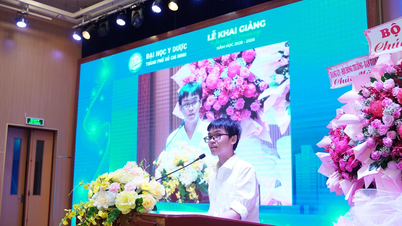
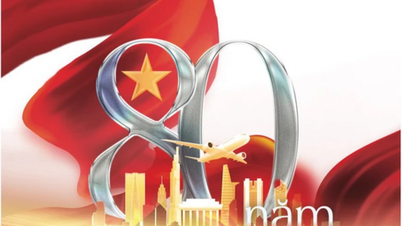

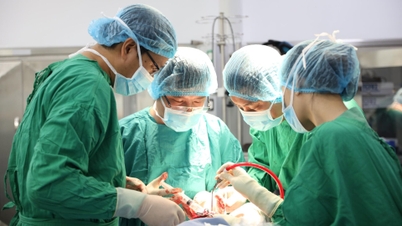

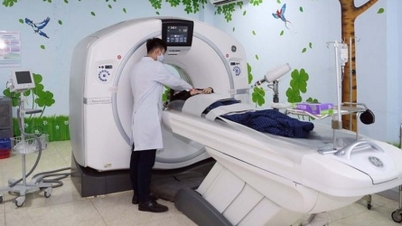

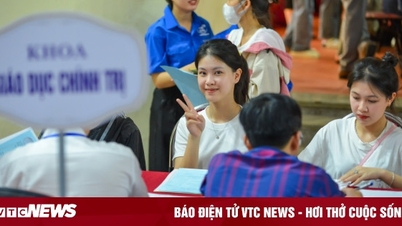

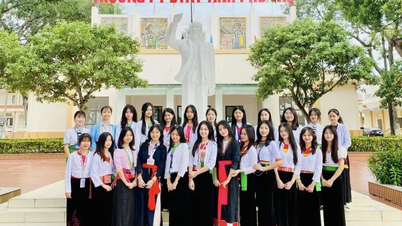

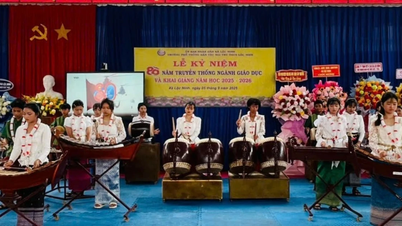
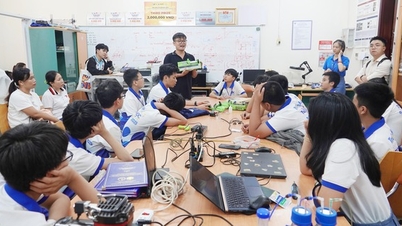

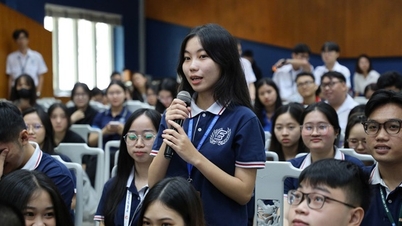










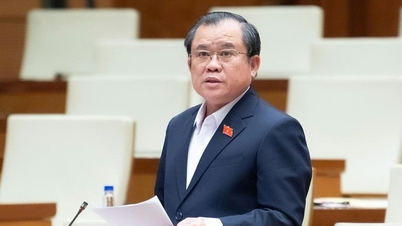





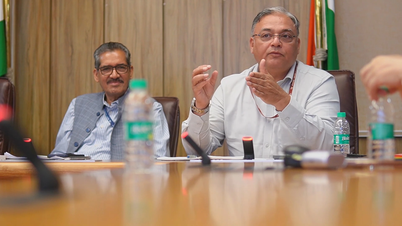

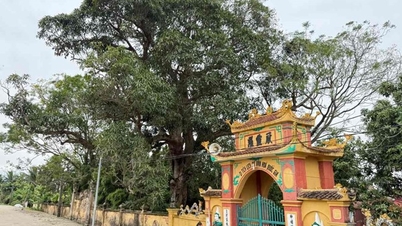




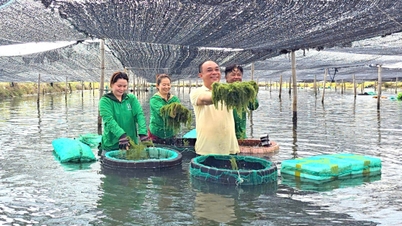



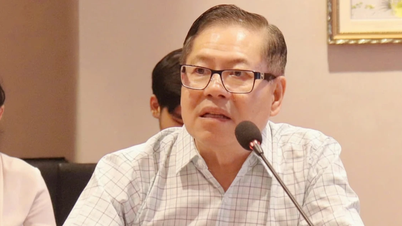
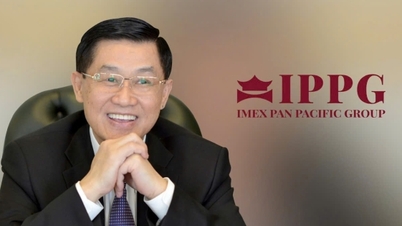



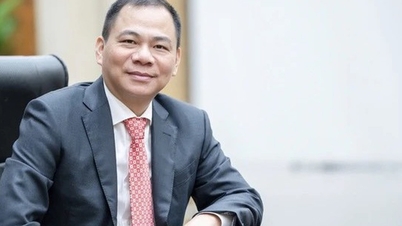






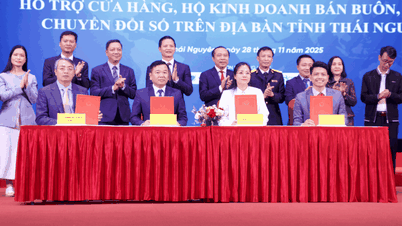








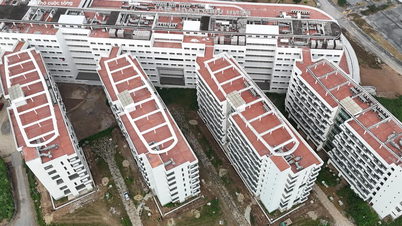
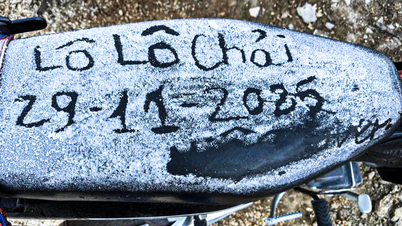
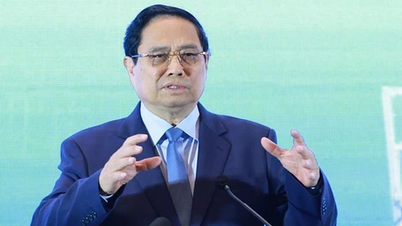


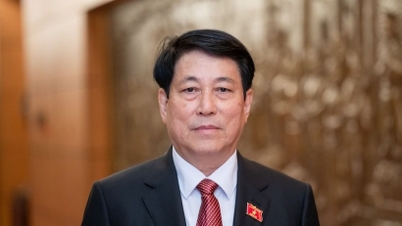


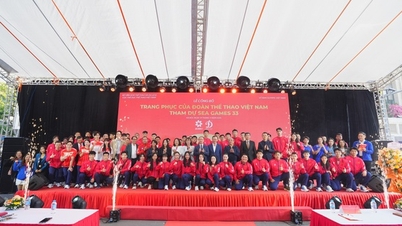

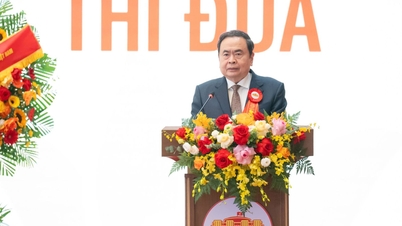


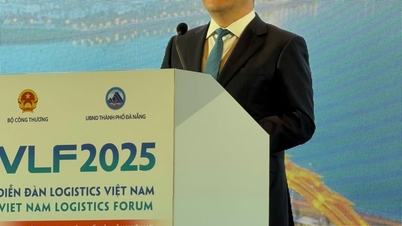
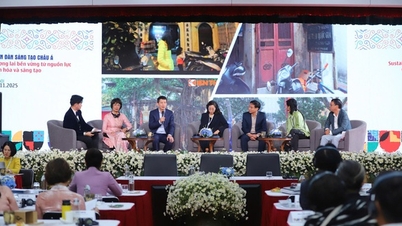
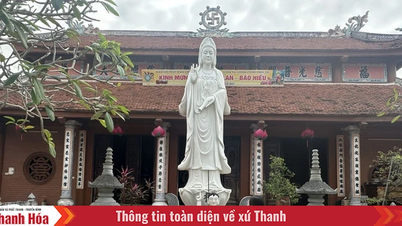



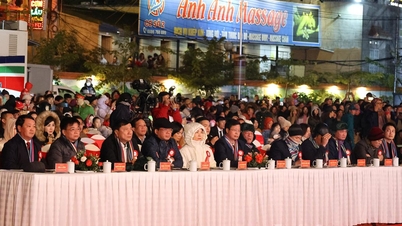













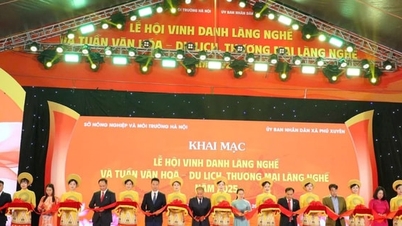

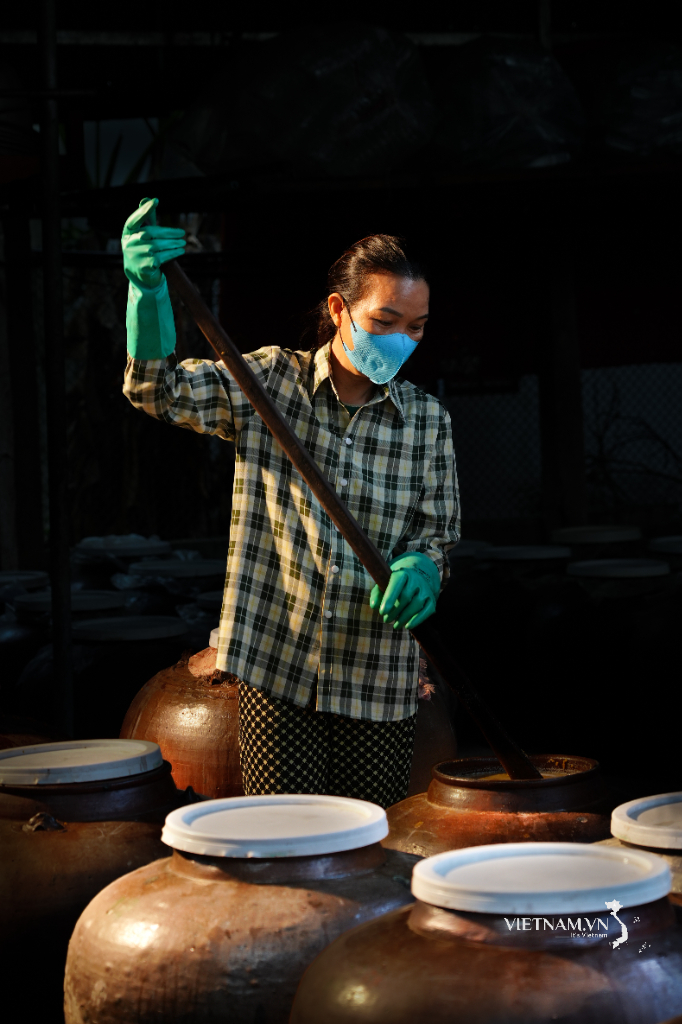



Comment (0)